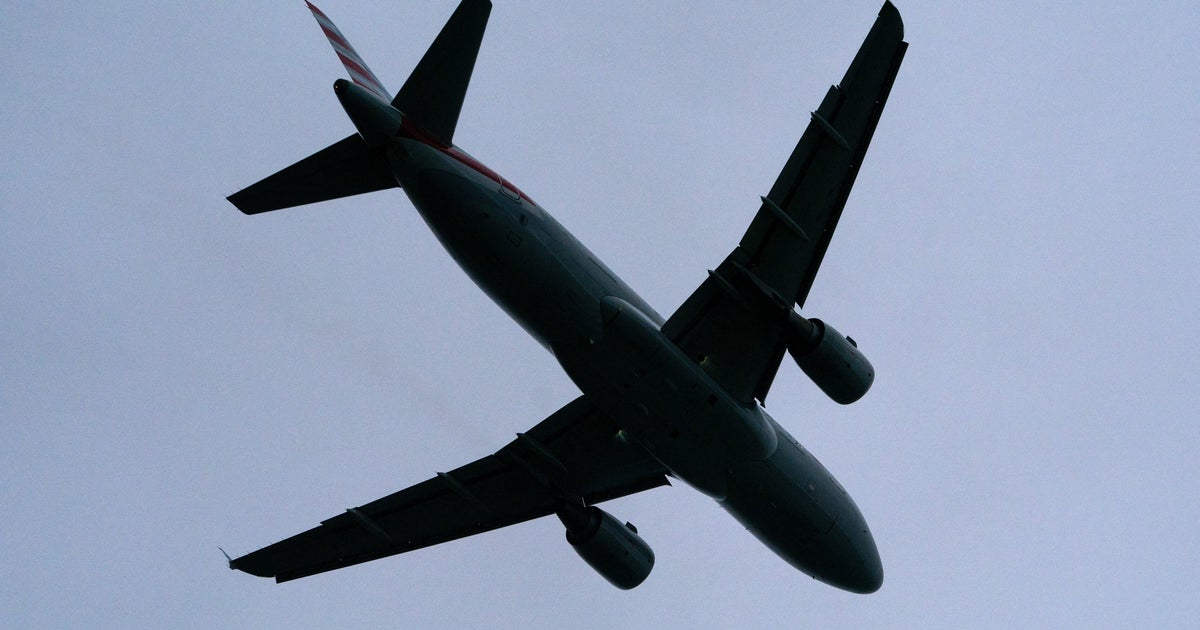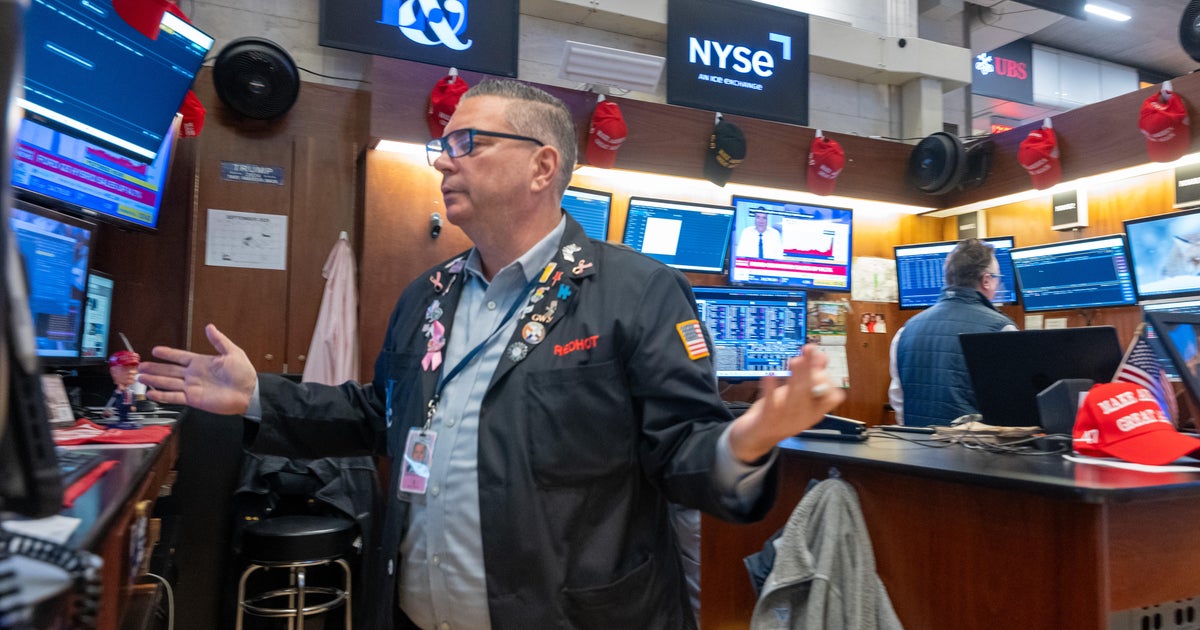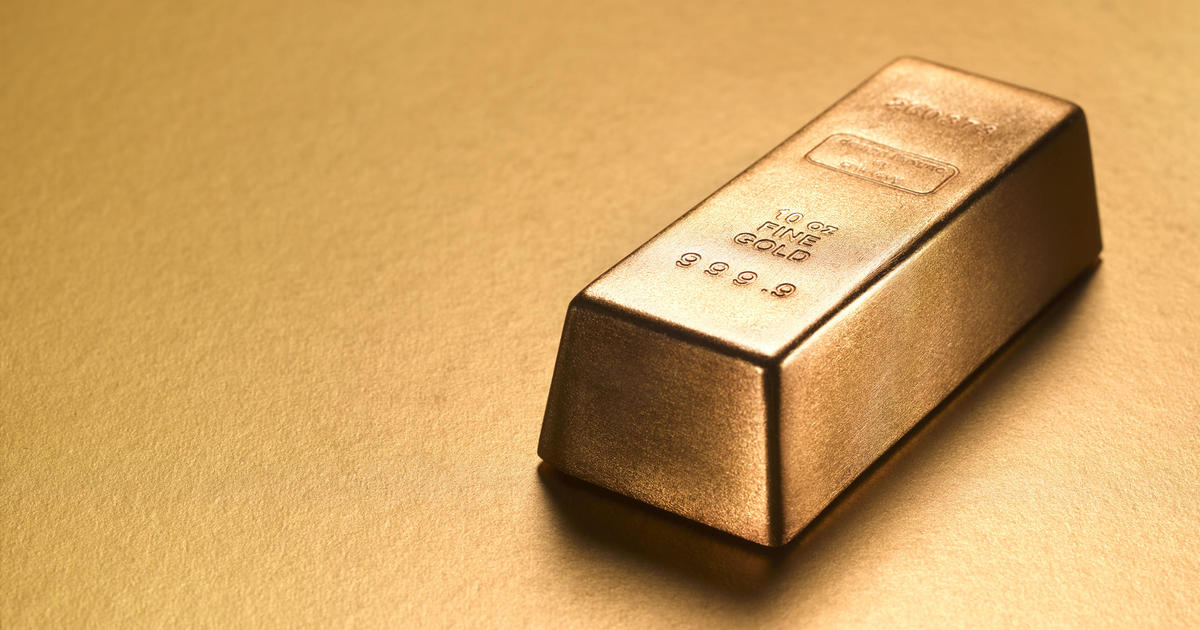Sydney Airport will embark on its largest terminal expansion since the city hosted the Olympics 25 years ago by building up to 14 new gates for aircraft, in a bid to ready itself for competition from Western Sydney Airport late next year.
A draft master plan for Kingsford-Smith released on Monday also confirms changes to flight paths to make room for planes using the curfew-free Western Sydney Airport from late 2026.
The flight paths most affected will be those used by aircraft taking off to the north from Sydney Airport’s main north-south runway before arcing towards the north-west over inner west suburbs such as Summer Hill, Ashfield and Croydon. The other change is to aircraft heading west from the east-west runway.

Up to 12 new gates are planned at Sydney Airport’s T2 and T3 terminals and another two at the international terminal.Credit:
In a shot across the bow of its fledging rival, Sydney Airport’s expansion will boost passenger capacity by merging the T2 and T3 terminals into a single precinct, resulting in 12 new gates for both domestic and international aircraft. An extra two gates will also be built at the T1 international terminal’s pier B.
The privately operated airport forecasts a 75 per cent increase in passengers to 72 million annually by 2045. International passengers are forecast to grow from just under 40 per cent to half the total number over the next two decades.
In comparison, the government-owned Western Sydney Airport is forecasting 8.4 million passengers a year by 2030 – four years after it opens – before increasing to 19.3 million by 2045.

Sydney Airport plans to integrate the T2 and T3 terminals into a single precinct.Credit:
Sydney Airport chief executive Scott Charlton said the terminal expansion would help it become a “more fierce competitor” to its local rival and to other large airports in Brisbane, Melbourne and Auckland.
“We know [the city’s new airport is] going to capture a certain share of the market, but we’re going to do everything we can to make sure that we are as competitive as possible,” he said.
“All really global cities have more than one international airport. We just happen to have a lot of very strong advantages that we will try to utilise.”
Charlton said he hoped that work on the extra two gates at the international terminal could start within the next one to two years, and those at the domestic precinct by early 2028.
The new terminal gates will be able to accommodate every type of commercial aircraft except A380 superjumbos. Under the plans, the gates at the domestic terminal will be able to switch between domestic and international travellers.

An aerial view of the planned expansion at the T2 and T3 terminals.Credit:
He declined to put a figure on the cost of the redevelopment but noted that the airport was spending $750 million this year, up from about $500 million-$600 million previously.
The proposed expansion joining the T2 and T3 terminals will be the most significant development at Sydney Airport since the 2000 Olympics.
The terminal expansions are partly designed to help rebalance the airport, and overcome challenges getting planes from one side of the main north-south runway to the other during busy times of the day.
“[It] will unlock greater capacity across all terminals, more efficient use of our runways, and ultimately get passengers from the ground and into the air more quickly,” Charlton said.
He said small adjustments to flights paths to take account of planes using Western Sydney Airport would result in a “narrower range” of flights taking off to the north from Kingsford-Smith, and a “quicker sharper turn to the north” for aircraft taking off to the west.
“The noise footprint continues to shrink, although the amount of flights continues to grow. The next generation of aircraft like the A350 … [are] 50 per cent quieter than the aircraft they are replacing,” he said.
Loading
The draft master plan shows Sydney Airport expects air cargo to more than double to 1.4 million tonnes annually by 2045, which will trigger the need for new warehouses and other facilities.
About 80 per cent of the freight is expected to be carried in the holds of passenger aircraft, and the rest by dedicated freighter planes.
Western Sydney Airport is also building a cargo hub that will have capacity to handle 220,000 tonnes of freight a year, before growing to 1.8 million tonnes over the coming decades.
Most Viewed in National
Loading


















































